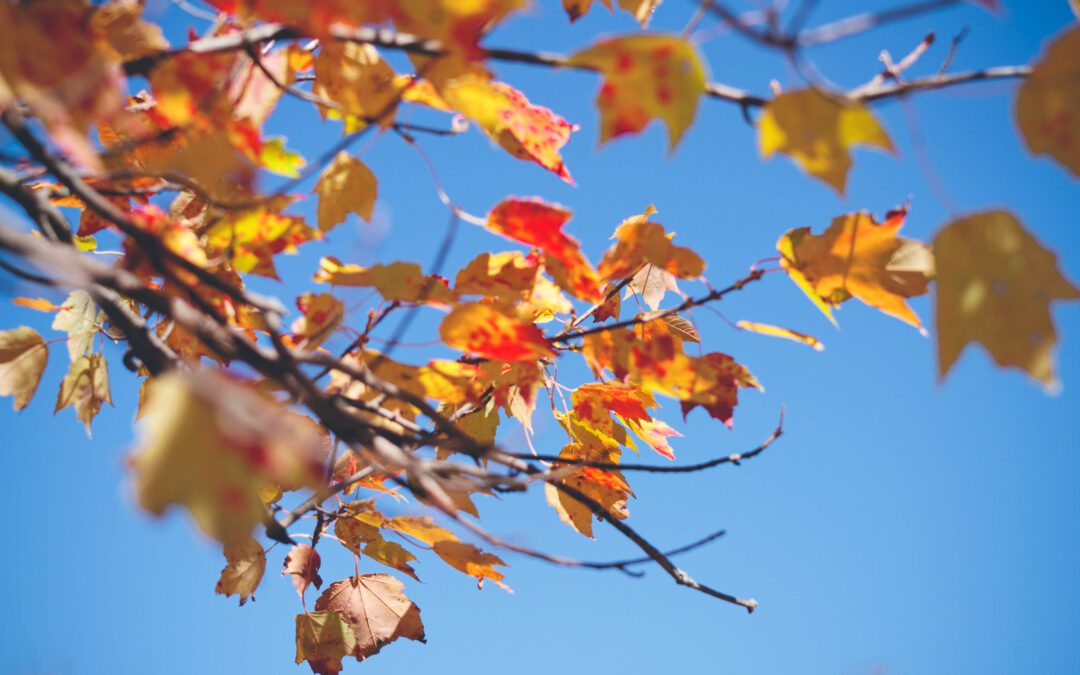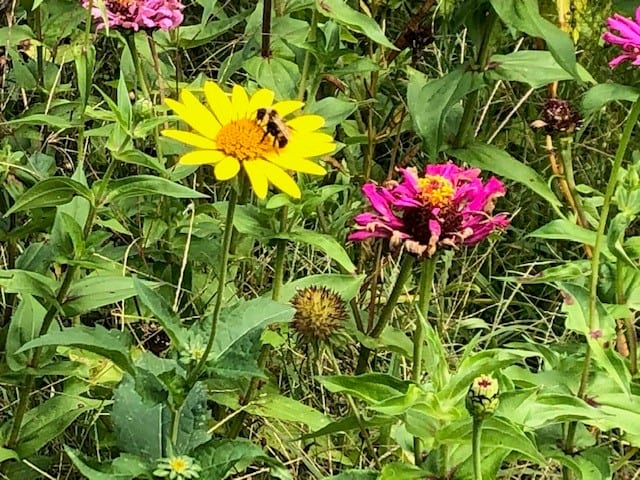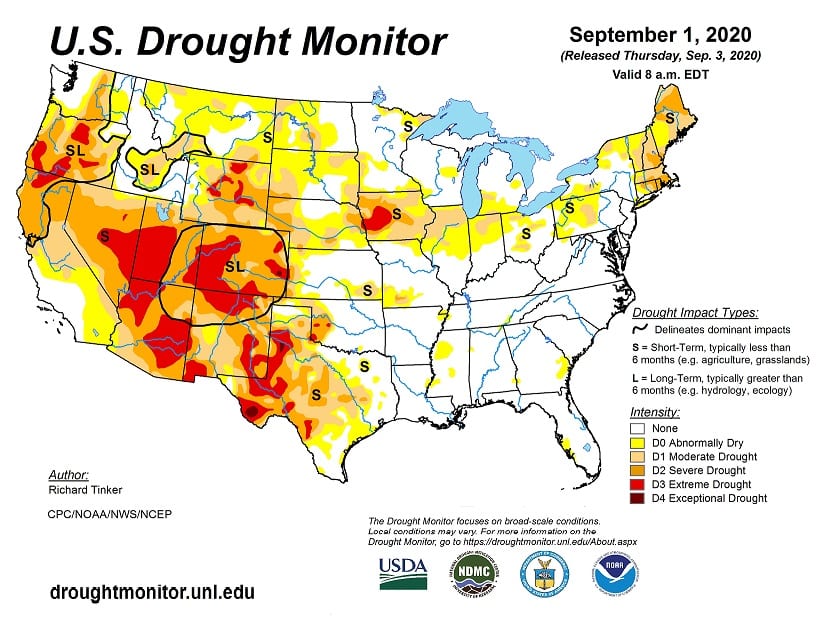by Debbie Palmer | Oct 1, 2020 | Newsletters
October Newsletter 2020Download Debbie Palmer Hi, I’m Debbie Palmer. I received a BS in Horticulture from Purdue University. Here at LMEF, I am responsible for outreach presentations, monitoring the lake and it’s wetlands, project manager for restoration and...

by Debbie Palmer | Sep 29, 2020 | Featured, General, Lake Info
Although some may not see the harm in blowing their leaves into the lake, since leaves are “natural,” it is the cumulative effect of everyone thinking this way that causes the damage. Leaves have nutrients similar to fertilizer. They contain high levels of...

by Debbie Palmer | Sep 18, 2020 | Featured, General
As stated in Lawn to Meadow – Part I, traditional turf lawns are food deserts that are unwelcoming for both birds and insects. In addition, trying to achieve the “perfect” lawn requires a lot of chemicals, water, and effort. Going from turf to flowering...

by Debbie Palmer | Sep 9, 2020 | Featured, General, Lake Info, Watershed
We don’t need data from the National Weather Service to know that it is DRY! From brown lawns to desiccated soybean fields to exposed shorelines, everything is parched. We need a good, soaking rain. The forecast looks hopeful for this week. Lake...

by Debbie Palmer | Aug 27, 2020 | Featured, General
Manicured Lawns – A Brief History The concept of closely cut, well-kept grass areas in gardens premiered in the 1700s in England and France. The amount of maintenance required by these new garden features kept them strictly in the realm of the rich. Thomas...





Recent Comments